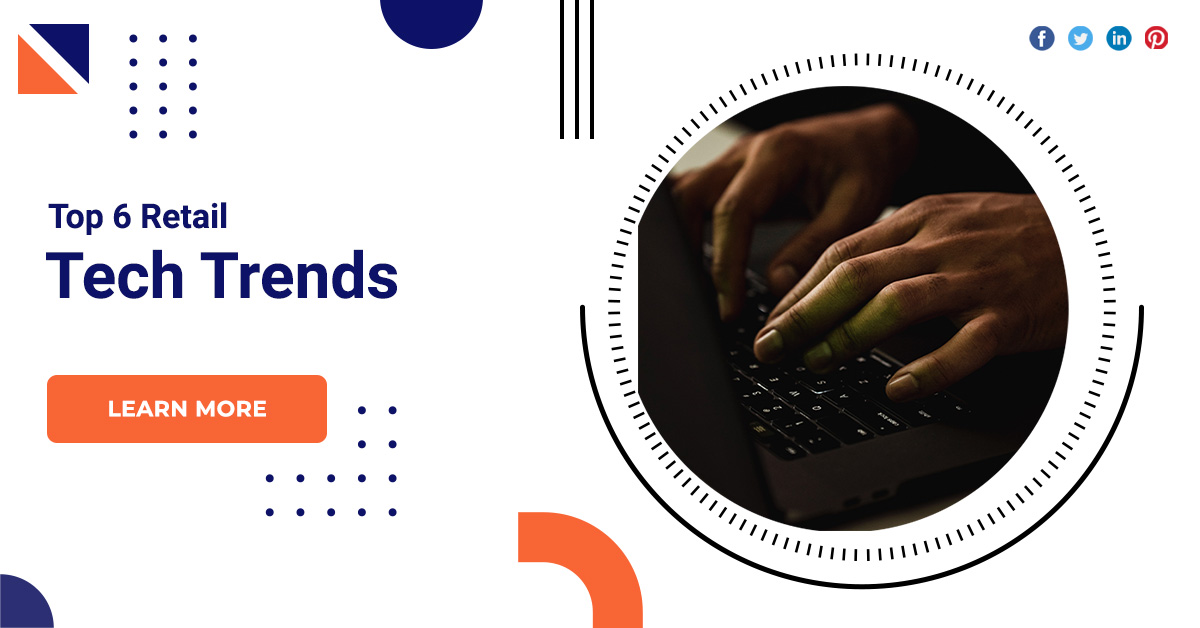Top 6 Retail Tech Trends
In the ever-evolving world of retail, technology plays a pivotal role in shaping the way consumers shop and businesses operate. As we step into a new era of retail, staying updated with the latest retail tech trends is crucial for success. In this blog post, we’ll explore the top six retail tech trends that are revolutionizing the shopping experience and changing the face of the industry.
Retail tech trends
AI and ML
Retailers are leveraging AI and ML to enhance customer experiences, optimize operations, and boost sales. AI algorithms analyze consumer data to offer tailored product recommendations, helping customers find what they need quickly and easily. ML helps retailers predict demand more accurately, reducing excess inventory and preventing stockouts.
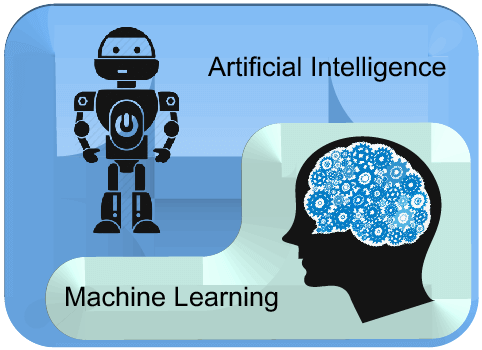
AR and VR
AR and VR technologies are reshaping the way consumers shop, both online and in-store. These immersive technologies provide a more engaging and interactive shopping experience. AR allows customers to virtually try on clothing, accessories, and even makeup products, increasing confidence in online purchases. VR enables customers to explore a physical store virtually, allowing them to make informed decisions before visiting in person.
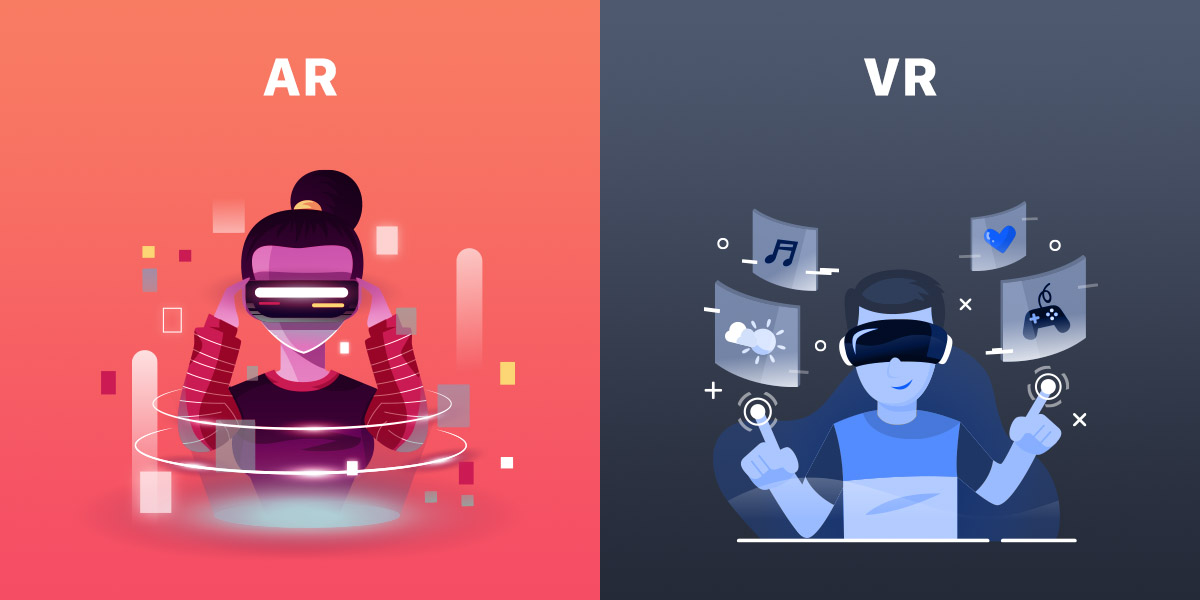
Contactless and cashless payment systems
Mobile wallets, NFC technology, and other contactless payment solutions are becoming increasingly popular. Payments are faster and more convenient, reducing checkout times. Most contactless payment methods employ robust encryption and authentication measures, making them secure options for consumers.
RFID technology
Radio-Frequency Identification technology is revolutionizing inventory management. RFID tags can be attached to products, enabling retailers to track items in real-time. RFID helps reduce errors in inventory counts, ensuring that products are always available when customers want to purchase them. RFID can trigger automatic reordering when inventory runs low, streamlining restocking processes.
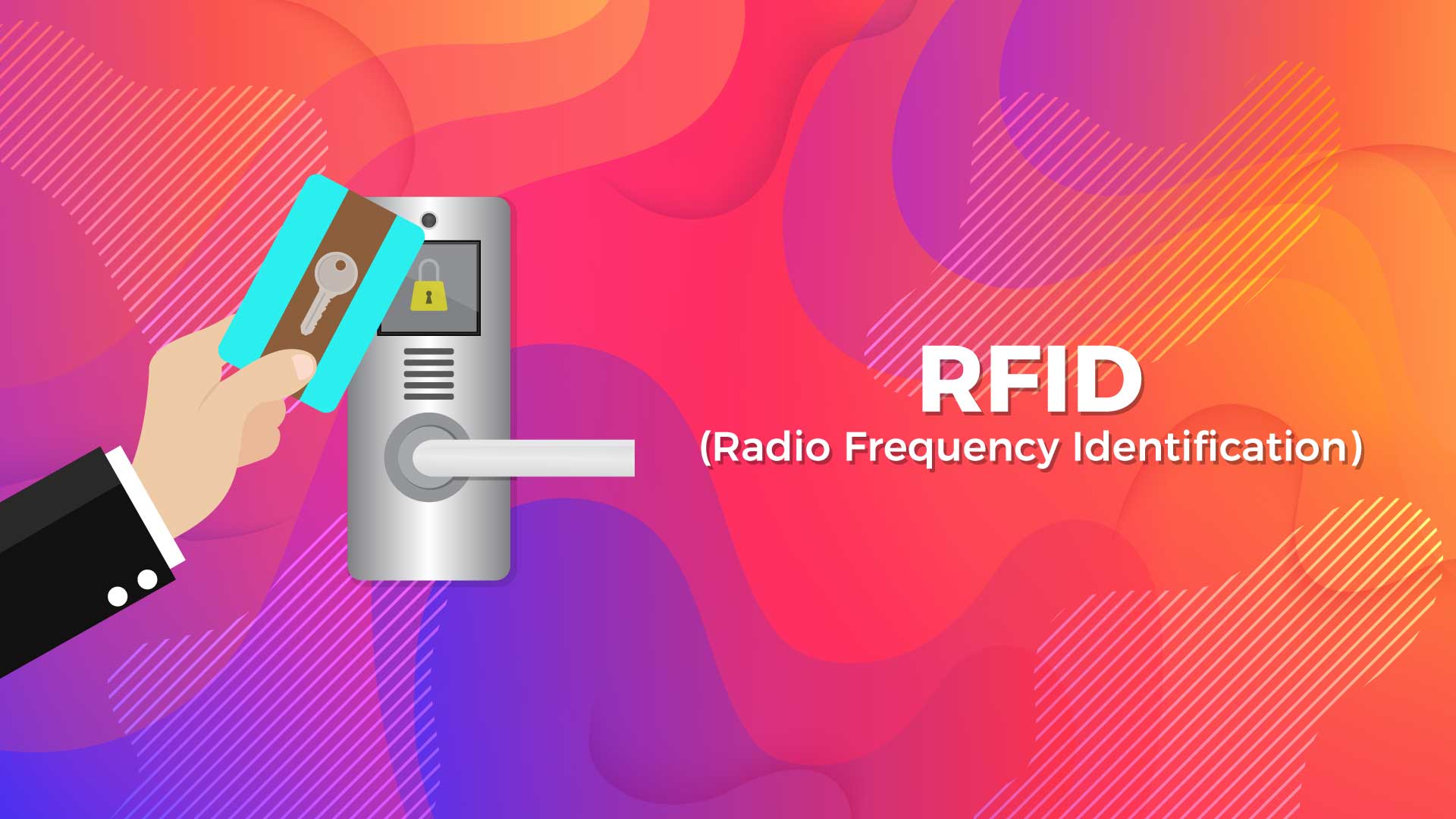
Sustainable practices
Sustainability is a growing concern in the retail industry, and the Internet of Things is playing a significant role in helping retailers reduce their environmental footprint. IoT sensors can monitor energy usage in stores, optimizing lighting, heating, and cooling systems for maximum efficiency. Enabled smart packaging helps consumers understand the environmental impact of products and make more informed choices.
E-commerce platforms
With the continued growth of e-commerce, retailers are constantly innovating to improve the online shopping experience. Separating the front-end and back-end of e-commerce platforms allows for greater flexibility and customization, providing a seamless shopping experience.
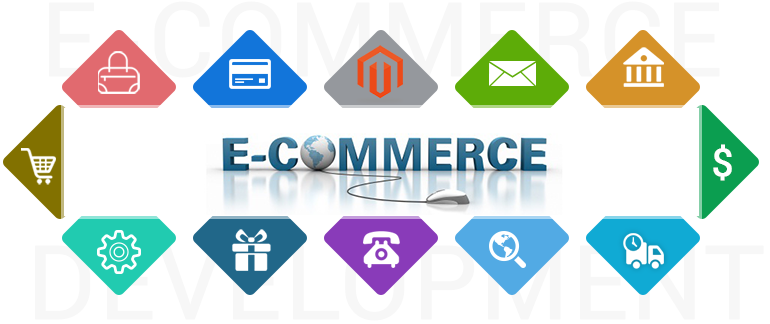
Conclusion
By incorporating these technologies into their strategies, retailers can position themselves for success in this ever-changing retail landscape.

